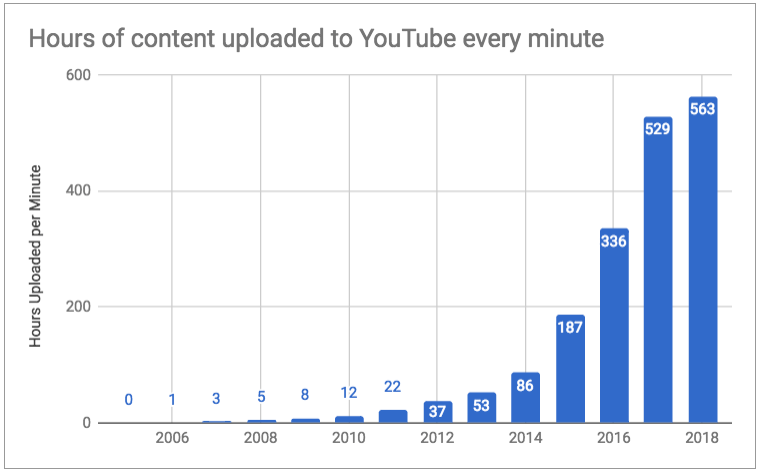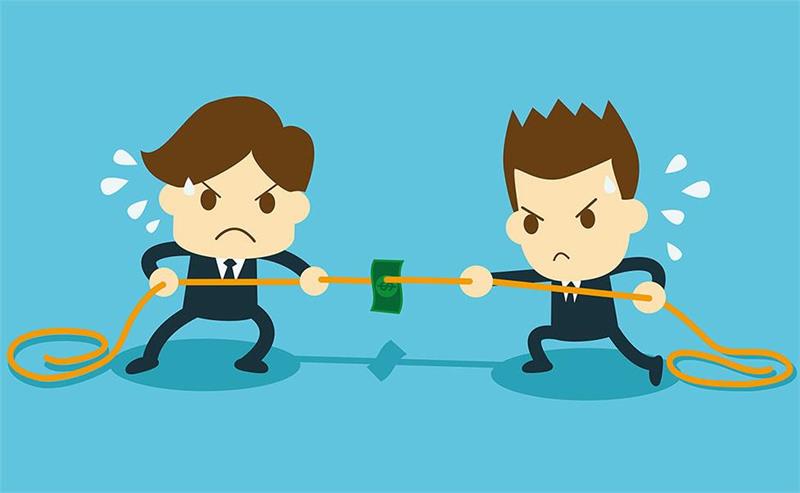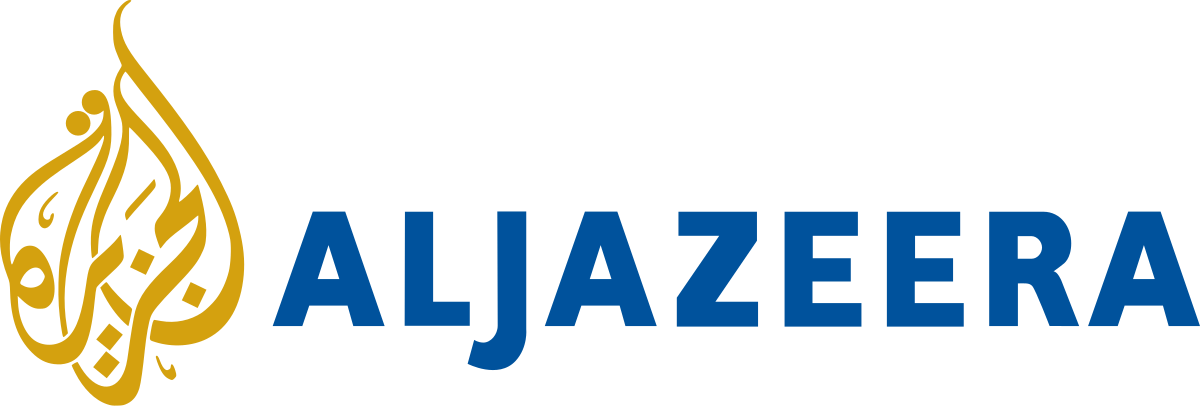The Fast Company Article I'm 14, and I Quit Social Media is a very interesting take on the dangers of online fingerprints. The eighth grader provides a detailed narrative on how other people were posting about her, and she had no knowledge of any photos or text that was being catalogued by her family. At her age, it would be dangerous and scary to have "unauthorized social media presence" because like anything on the Internet, it may come back to harm you later.
Personally, my online footprint is quite small. I browse and post certain types of content on a private account that has no ties to my identity, but my name appears on social media sites scarcely. I have a private instagram account that I rarely use, I run a YouTube channel where I post my projects, and I have a website about myself to show to future employers.
My parents were very strict about my social media usage. I was unable to have any social media accounts until I was a sophomore in high school. They were afraid for me during a time where many different popular figures were defamed because of old posts to social media that were unacceptable. They were constantly monitoring and reminding me about the things that I posted, even if they were seemingly harmless. Their messages encourage me to keep my digital footprint as professional as possible.
From a public view, visitors to my sites would not learn much about my personal life. Unless they were to make their way into my private accounts under my knowledge, the only thing the public eye would see are things that I would want employers to see. I surmise that people feel isolated without social media and try to fill that void by making their presence online as noticeable as possible. There are, however, many psychological downsides to social media presence on the Internet.



























